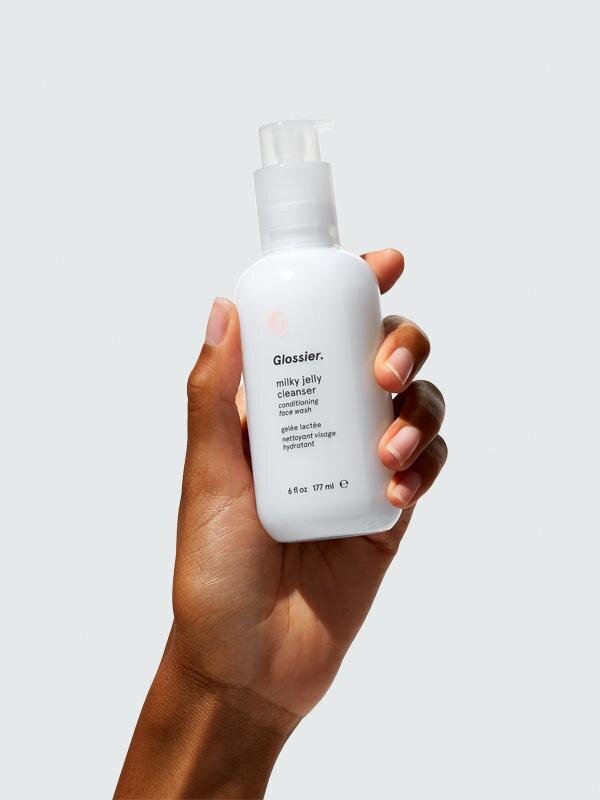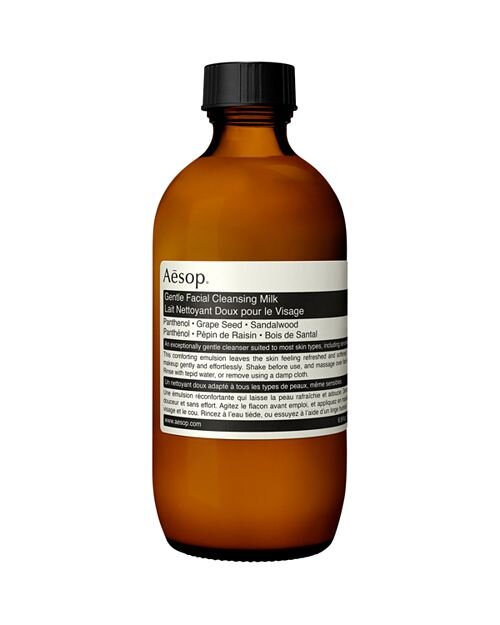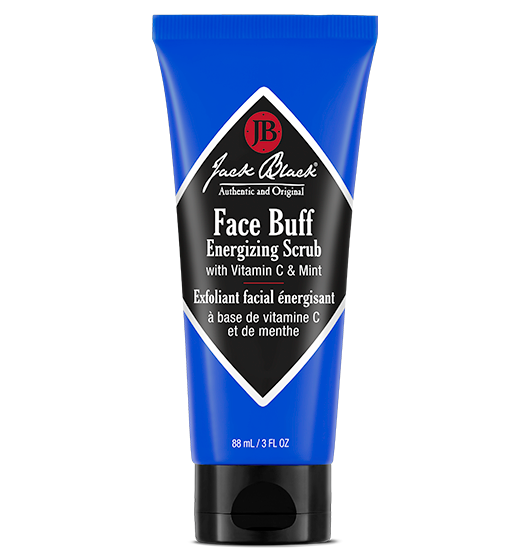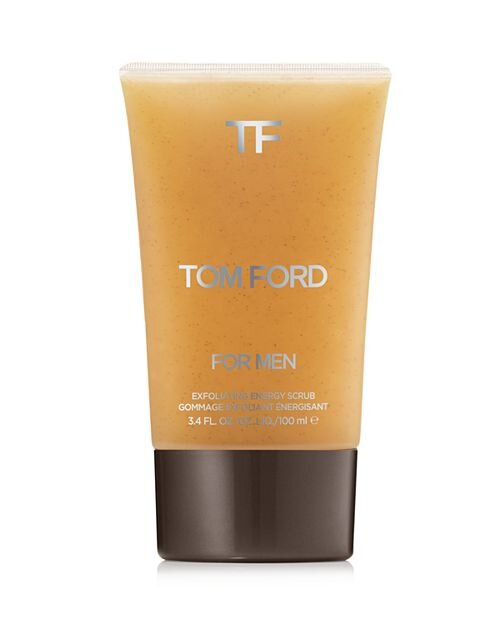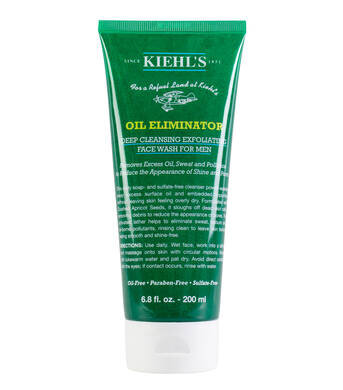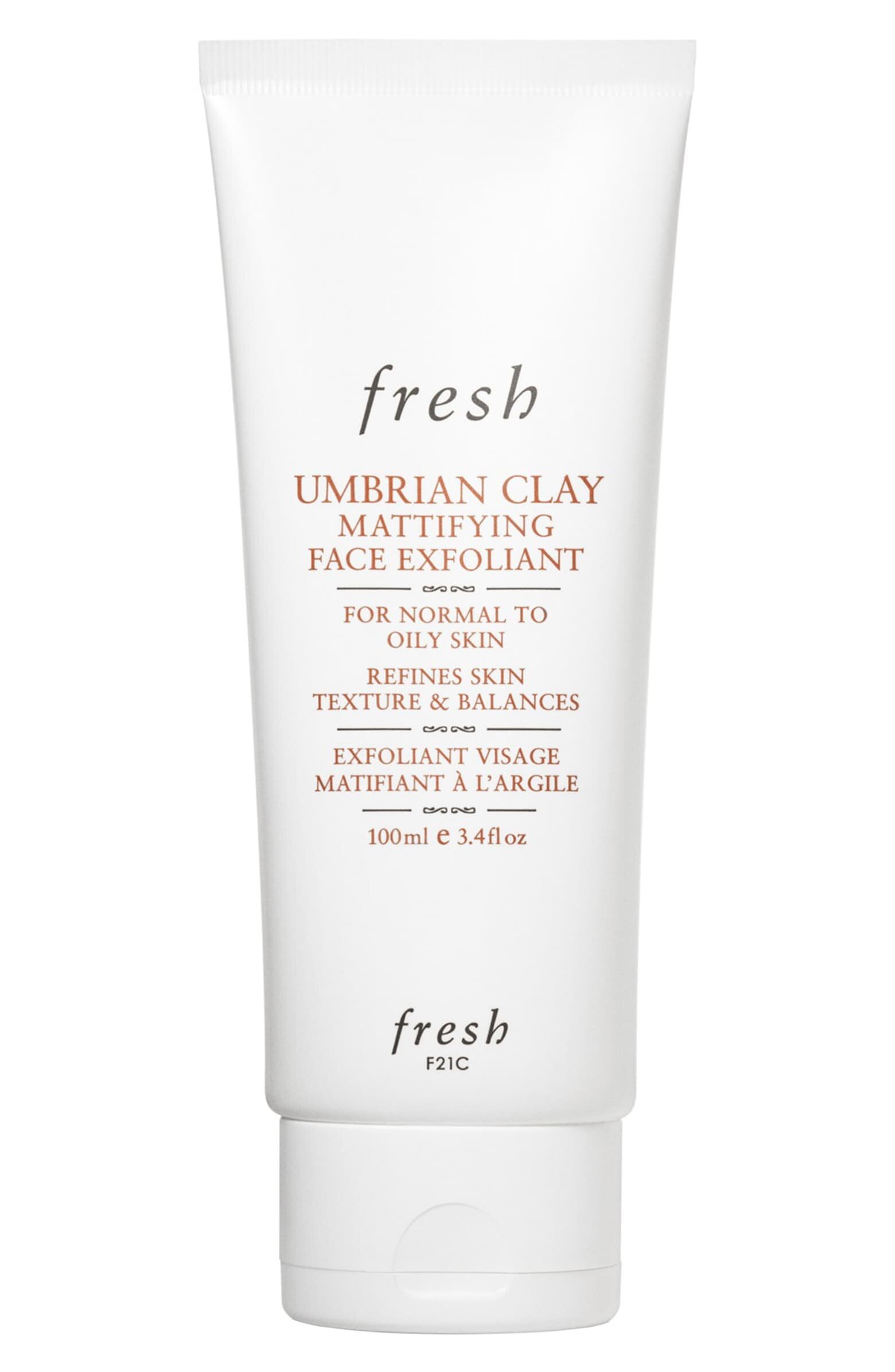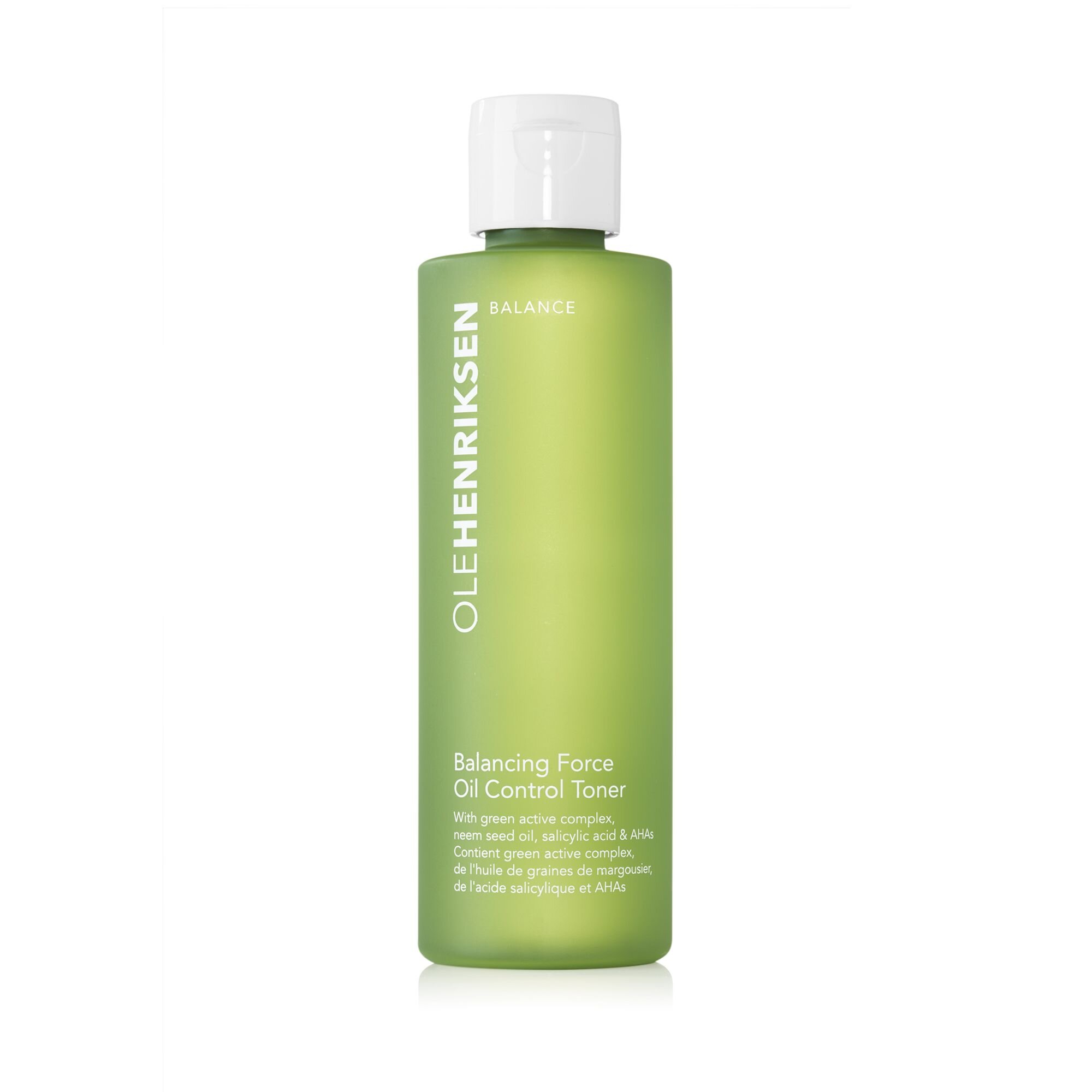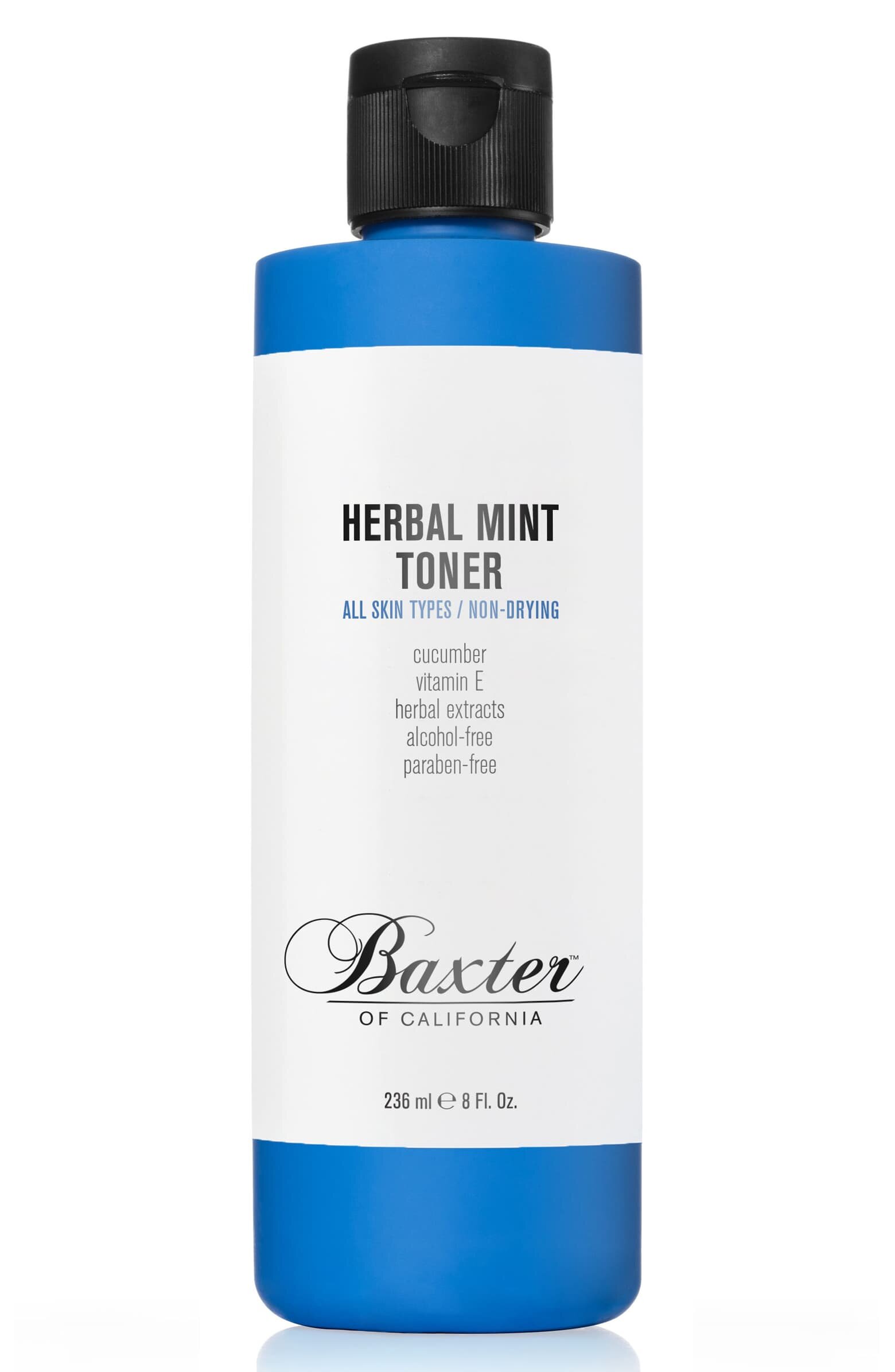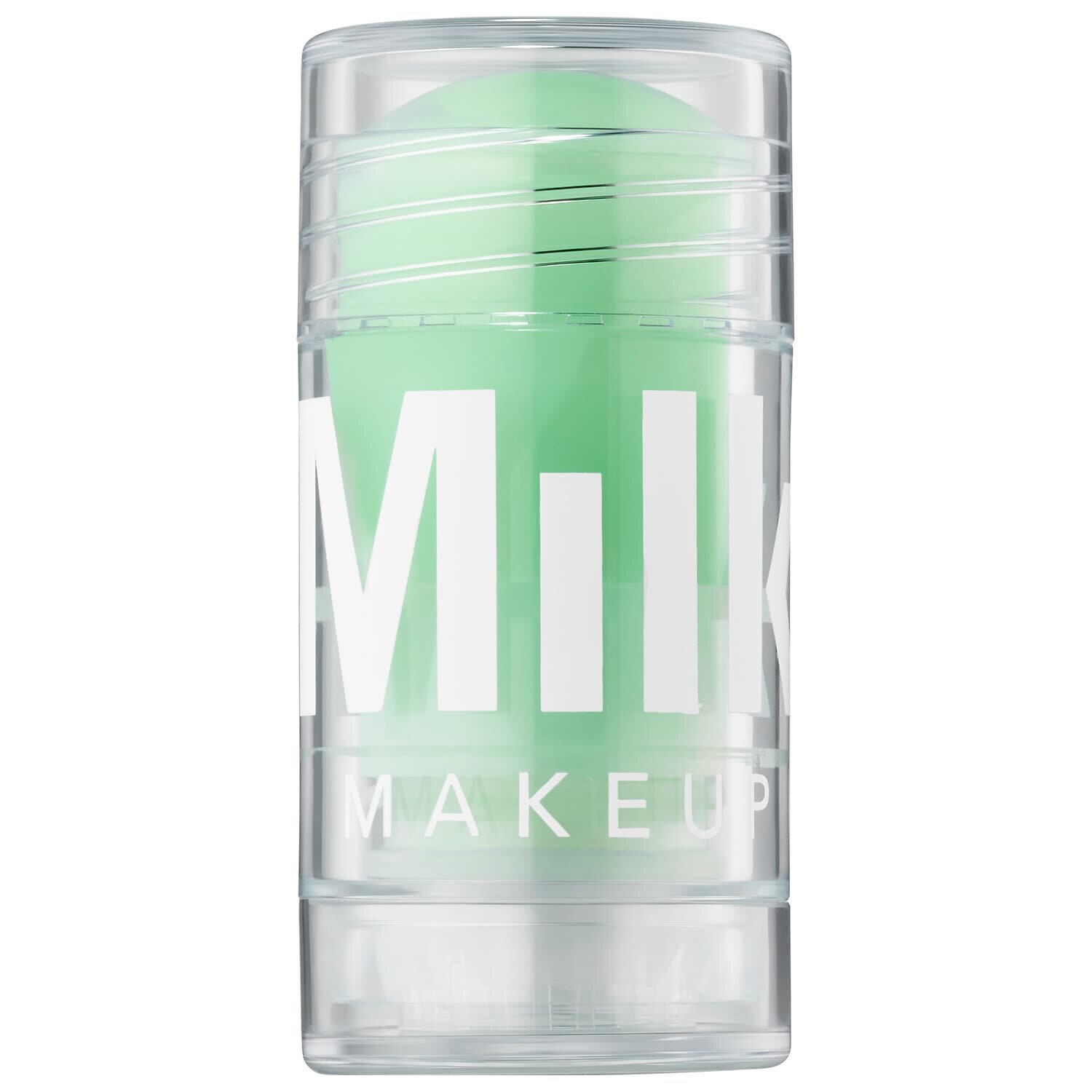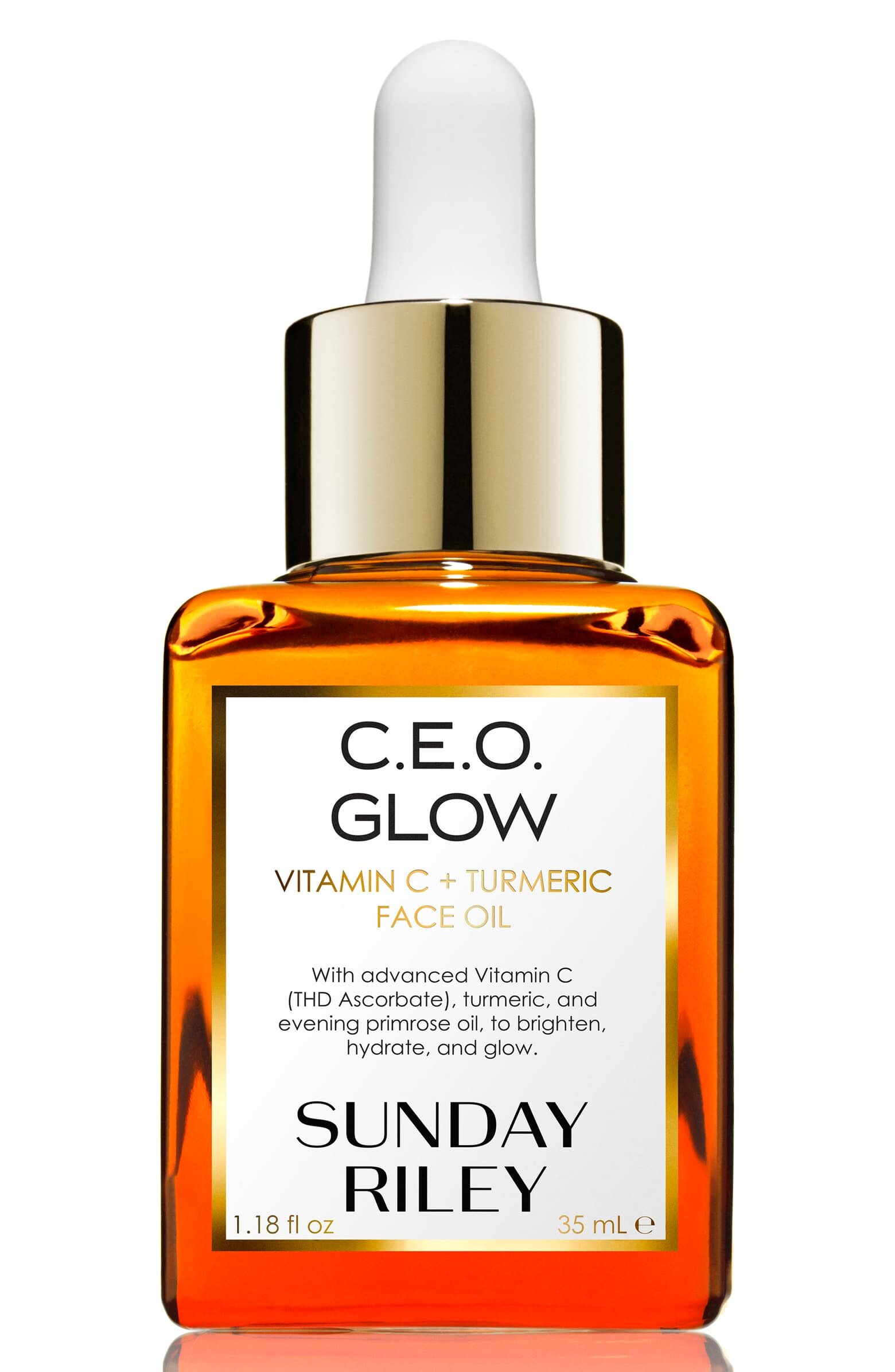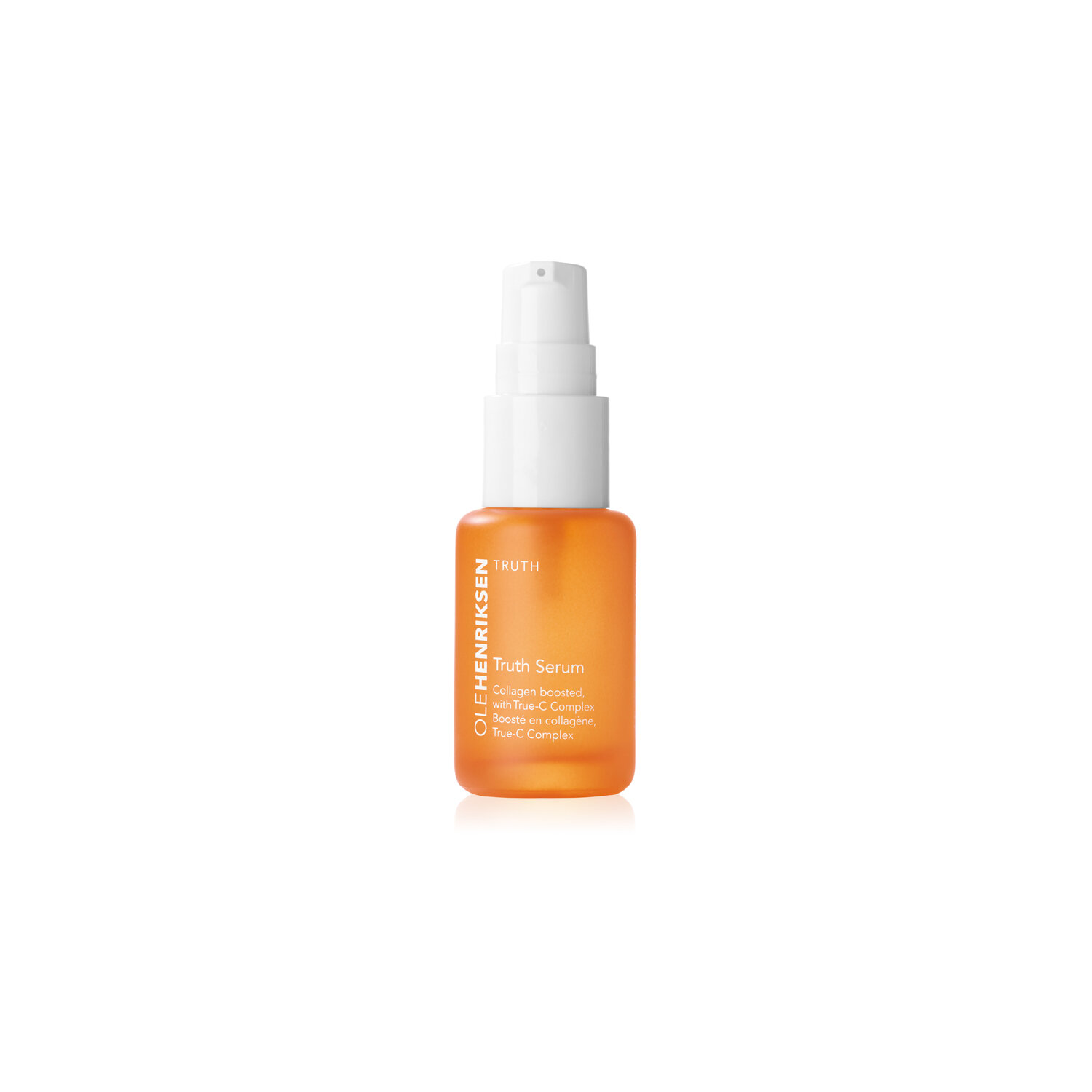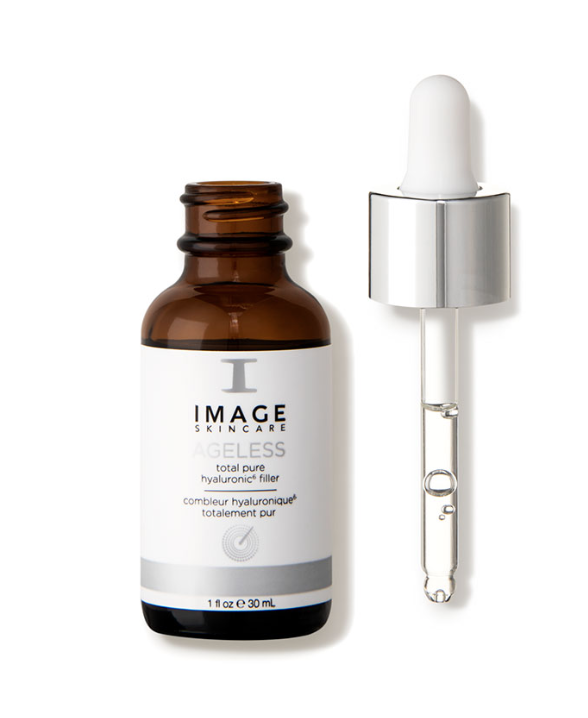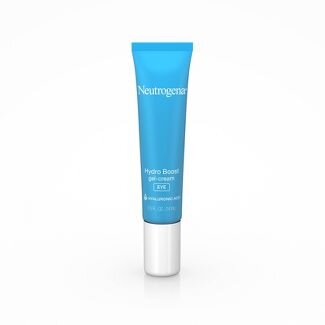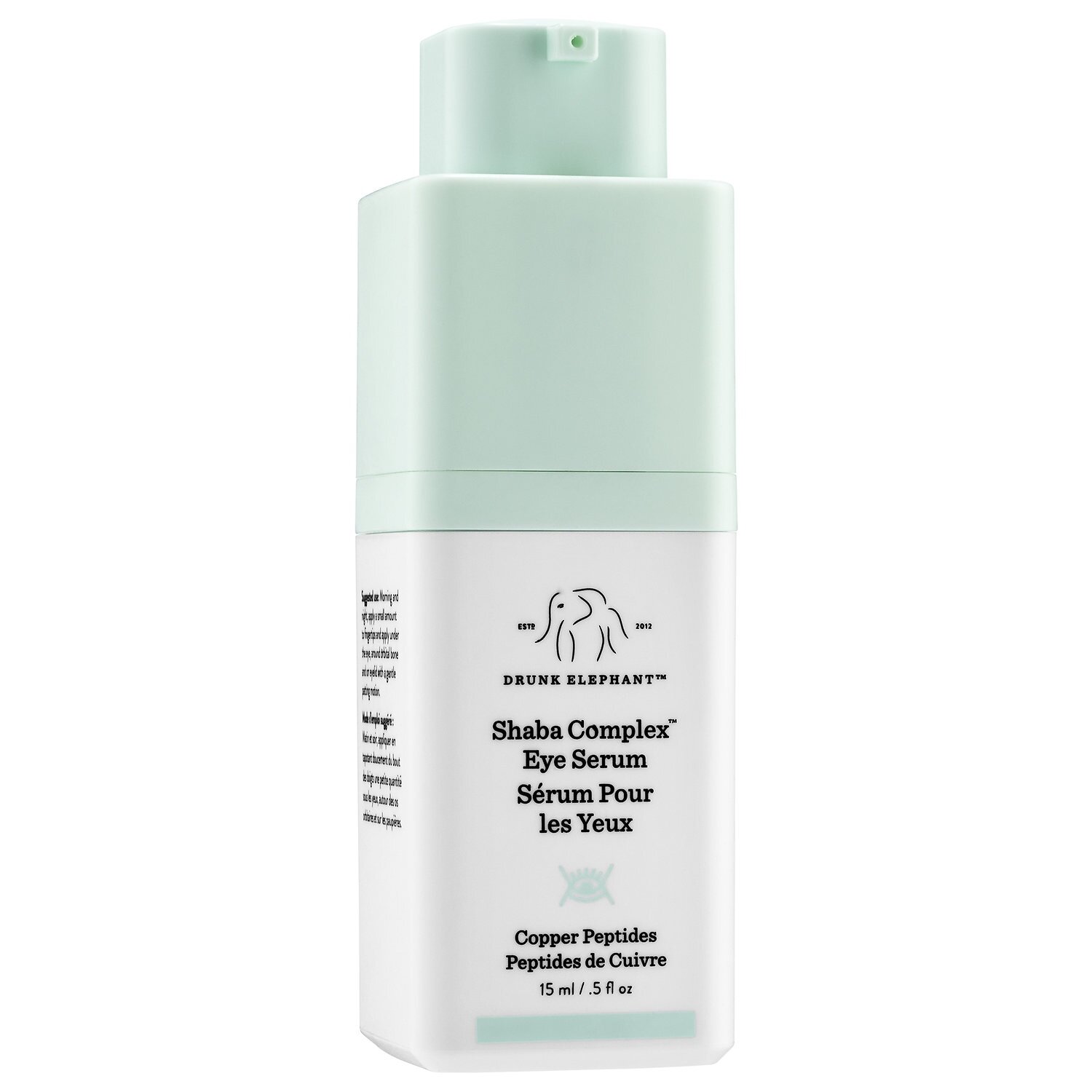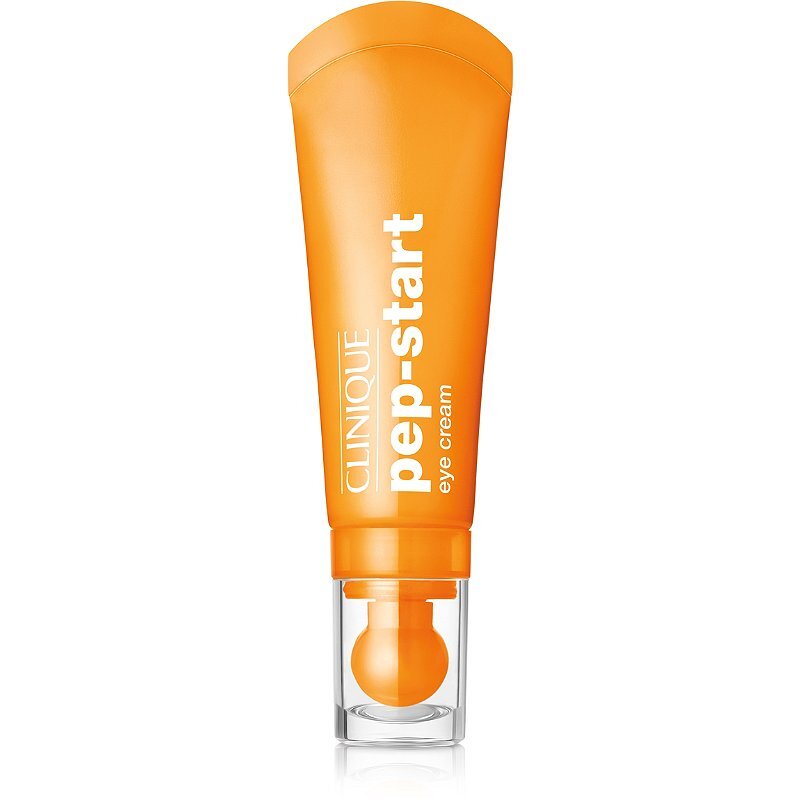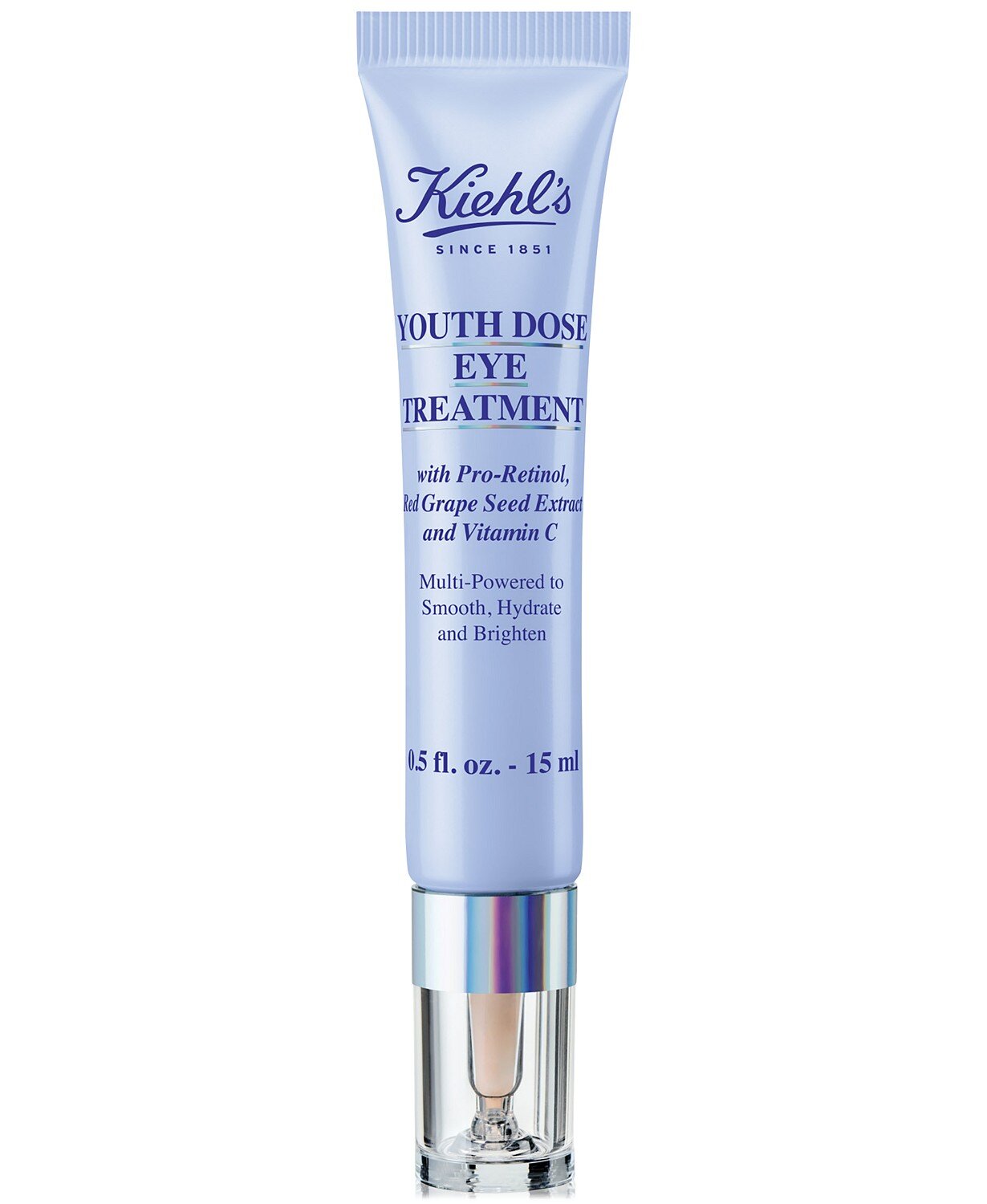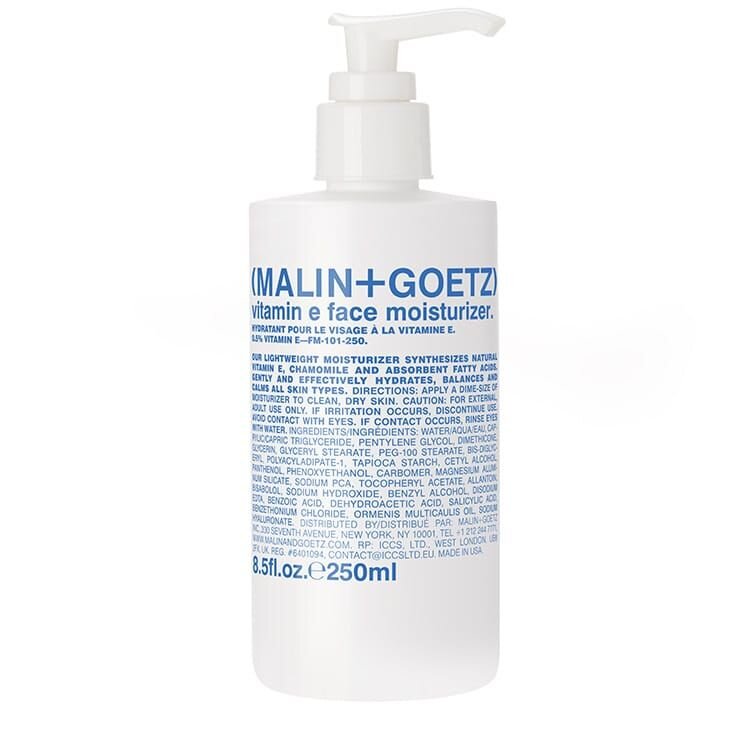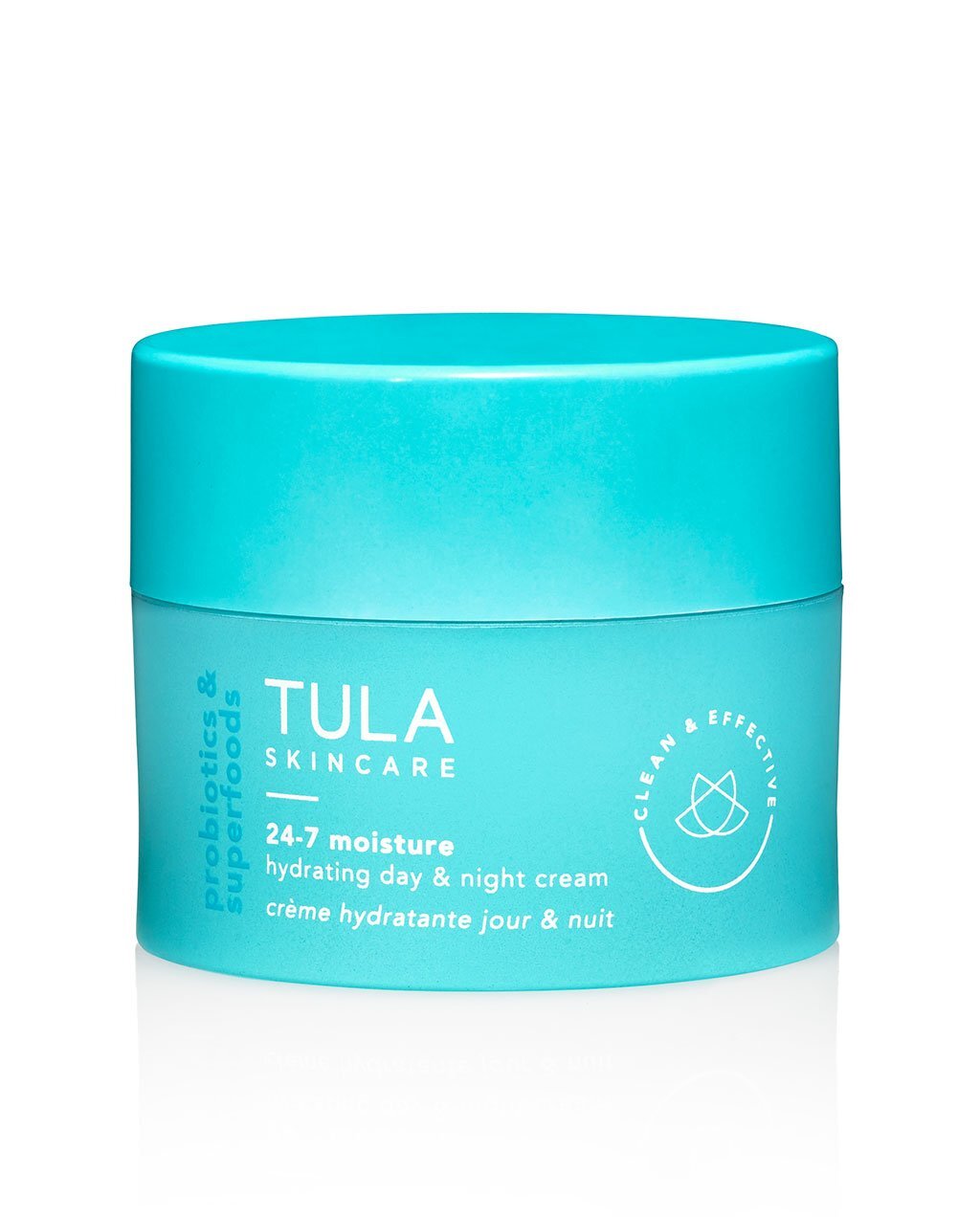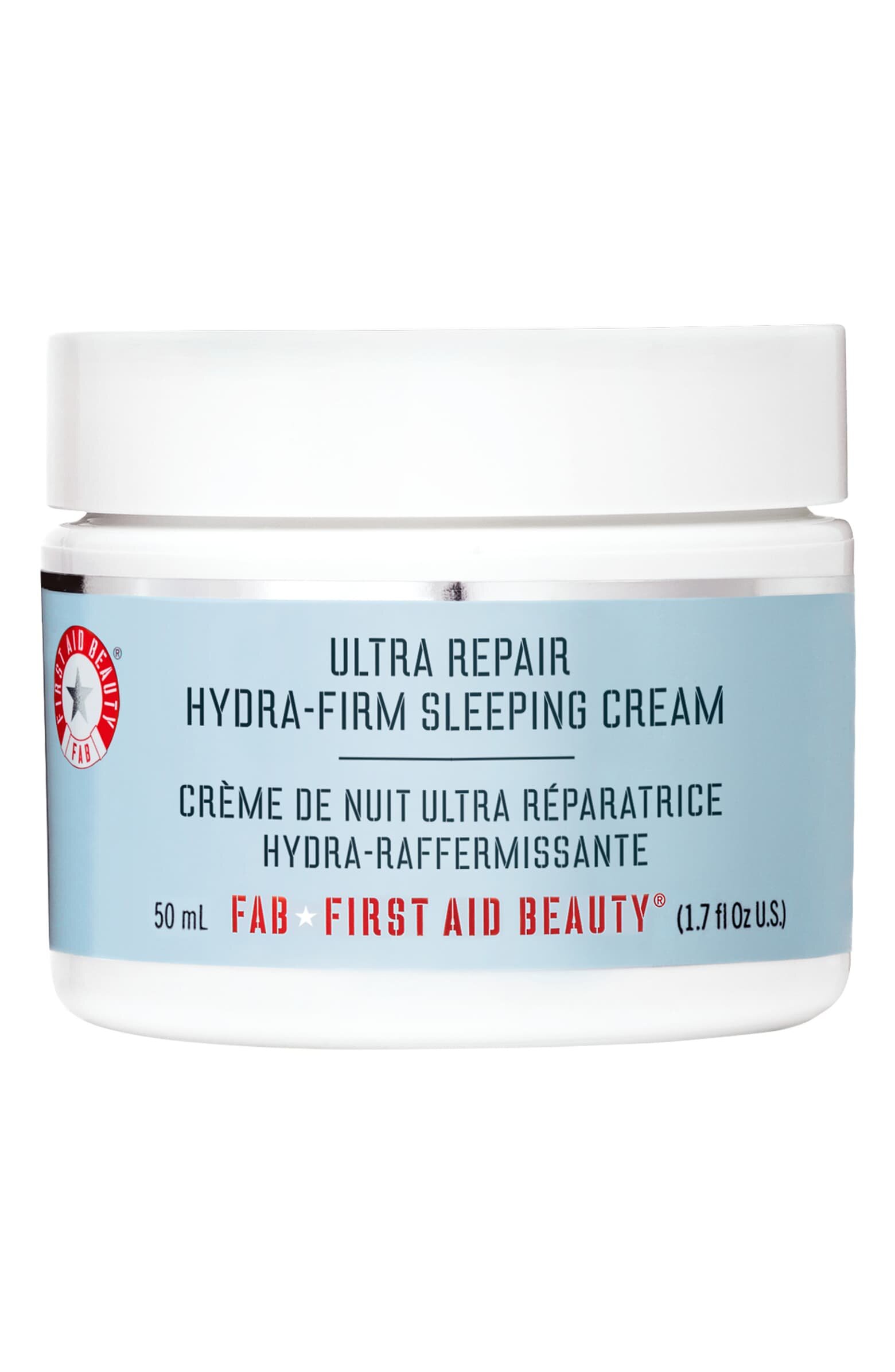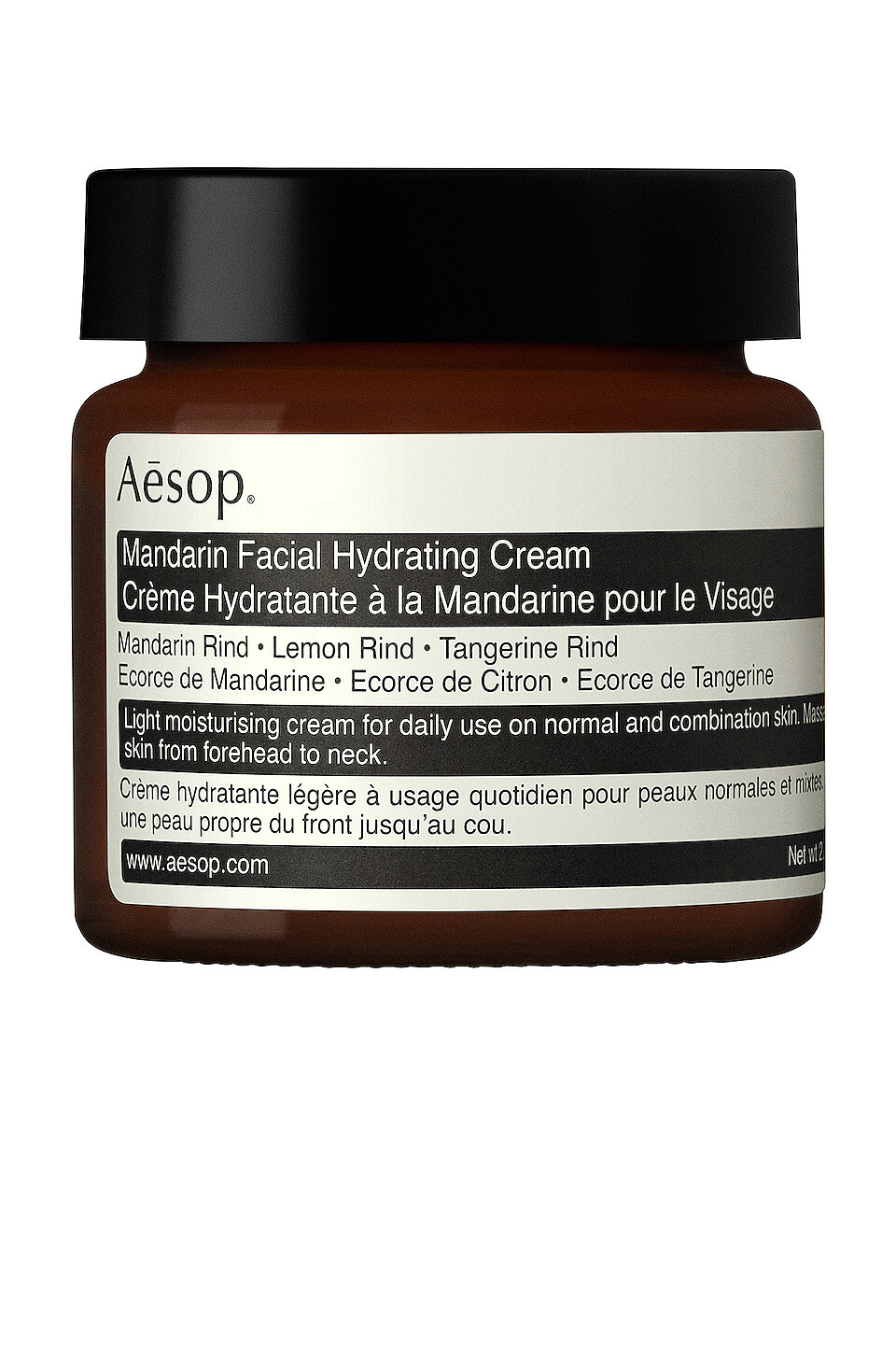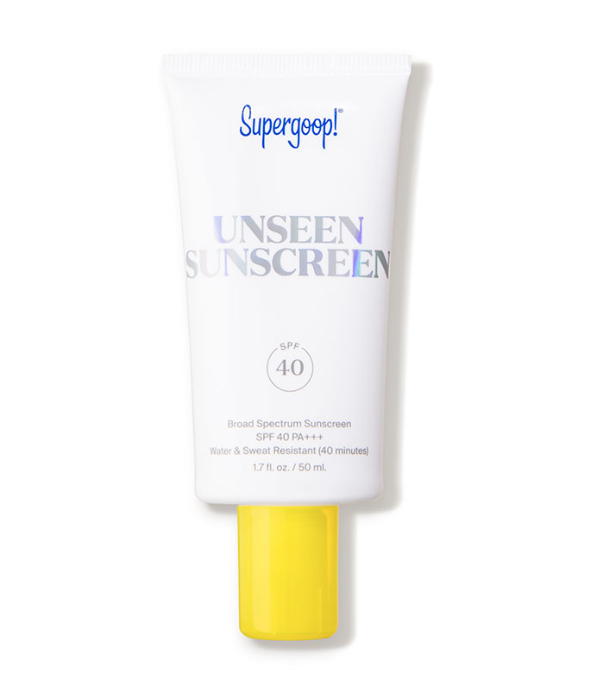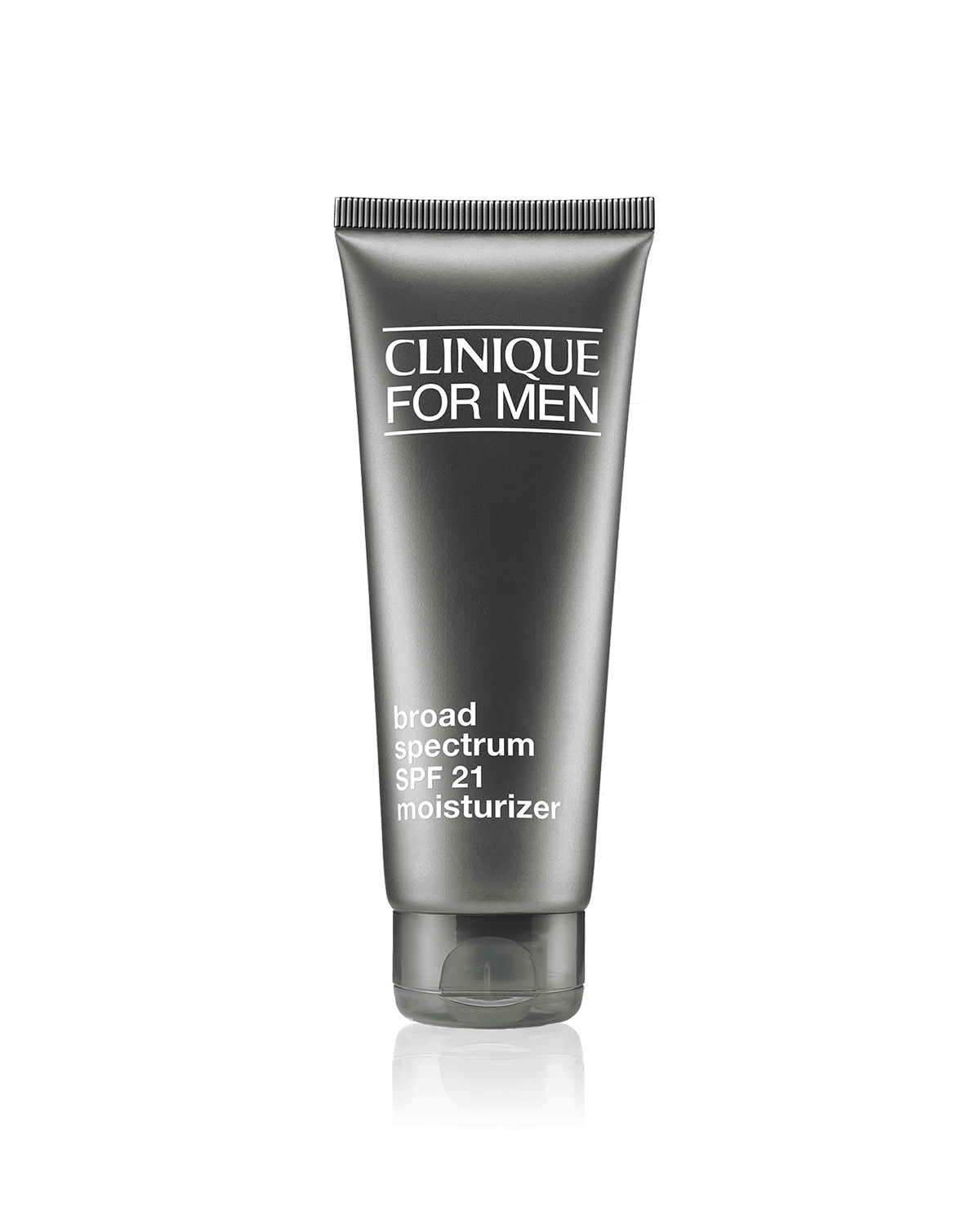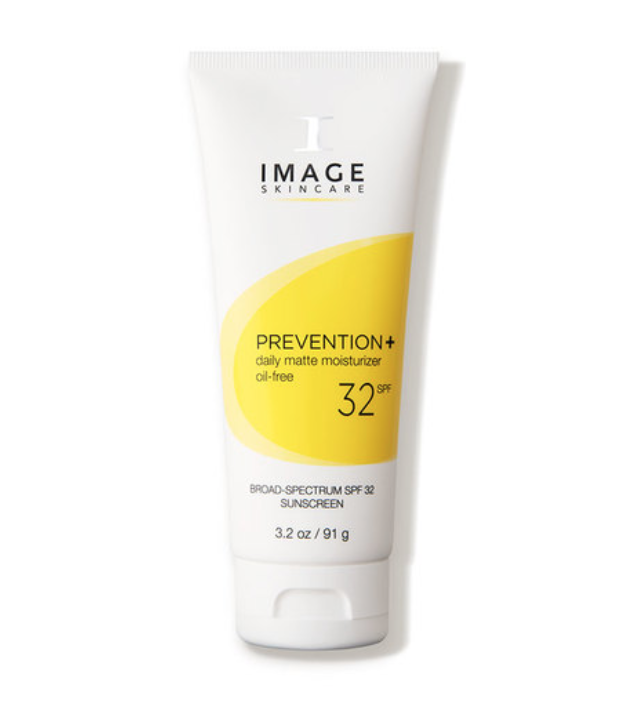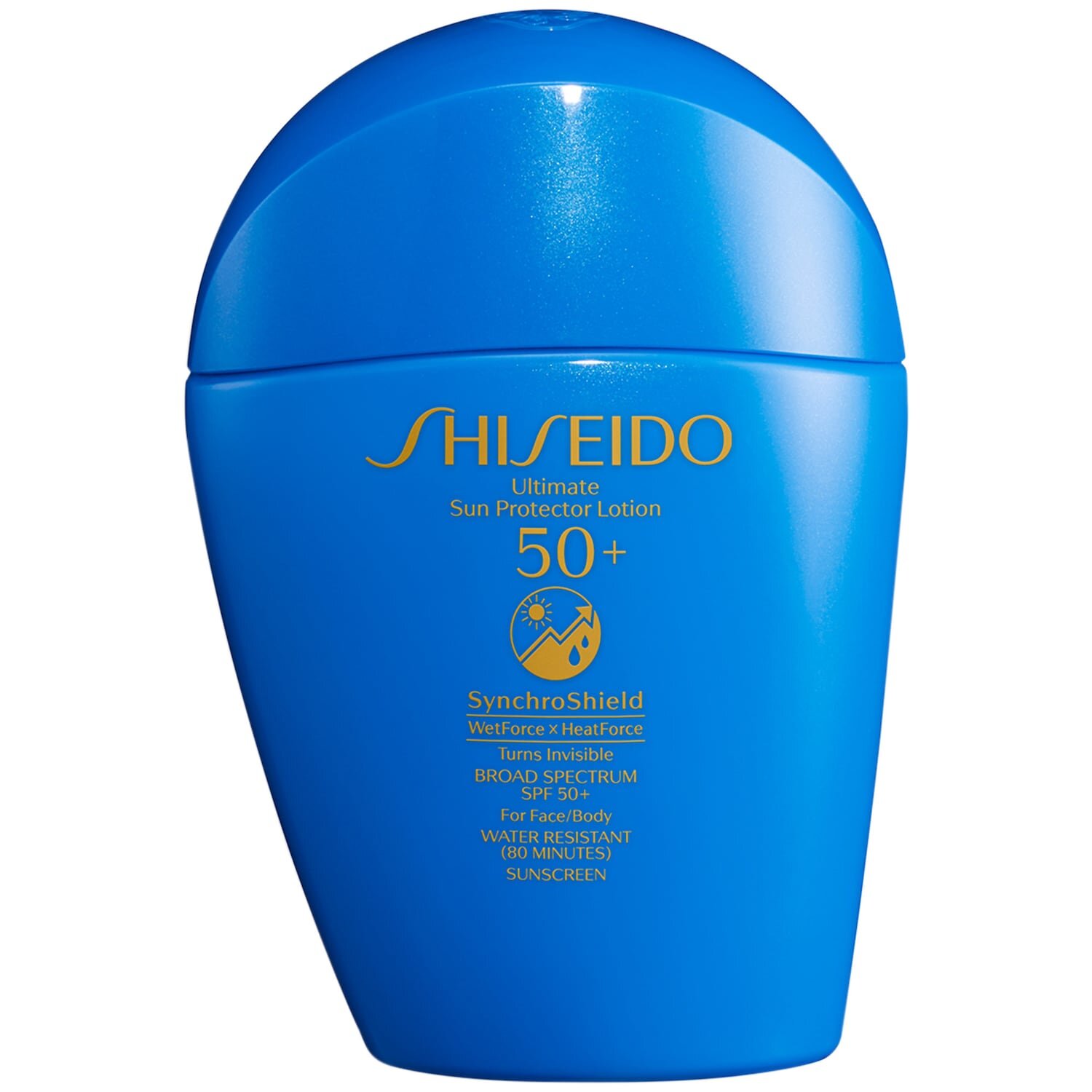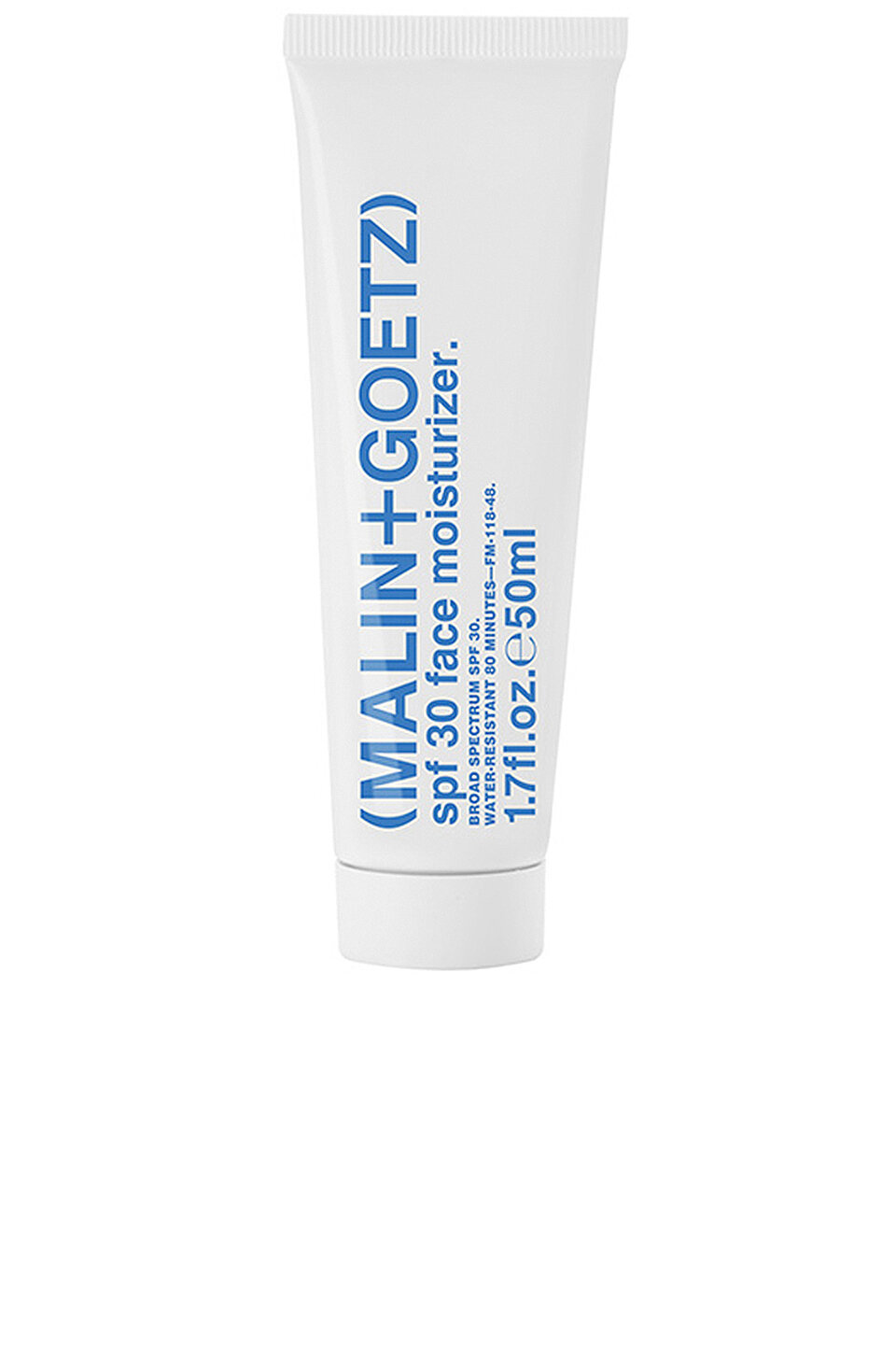The 7 Steps On How To Apply Skincare Products And When To Use Them
The world of skincare is vast and it can be pretty overwhelming, especially for men. Yet guys have been coming around to the trend of self-care and are finally taking better care of their skin. The very best skincare experience caters directly to the user’s skin type and problem areas, but you don’t need crazy science-based products for a routine to be effective. However, the expensive serum you splurged on might not be working as well as it should, simply since you’re not applying it correctly in accordance to the other products in your regimen.
So many of us have no idea what to do with skincare products sitting in our bathroom, or which ones to purchase from the store to treat our skin. At least once a week, I get a late-night text from a friend frantically asking which comes first, serums or toners, or face oil? Before or after moisturizer? Morning or night? What is retinol?!? To help out and make things simple for all of us, I’ve detailed out a simple routine formulated for daily use that is tailored to work for all individuals of a household (regardless of gender) that are new to skincare, as well as seasoned skincare experts.
STEP 1: CLEANSE
First things first, cleansing should always take precedence. It sounds pretty obvious but some people go without cleanser each morning or night. Even if you wash your face every night before bed, you should always make sure to cleanse because your skin can produce oil and come in contact with environmental pollution throughout the day and at nighttime. The rest of your products won’t work at full function if debris or oil is on the skin. You should always use your hands in an upward motion, lifting the skin up instead of pulling it down, creating wrinkles.
For nighttime cleansing, take a shower since it has so many benefits for your skin. It removes all the dust bacteria and free radicals while lowering your body temperature, helping you doze off easier and get better sleep. When cleansing at night, a milkier cleanser is better for all skin types. Milky cleansers don’t strip your skin and removes impurities without messing up your skin. If you strip your skin too much at night, your body sends a signal to the brain that there’s not enough oil being produced so your body goes into overdrive and produces way too much, causing your skin to be oily.
STEP 2: EXFOLIATE
Exfoliating gets rid of dead skin and pore-clogging impurities so that the rest of the products on this list can sink inn and work their magic. Both cleansing and exfoliating are essential for keeping your skin youthful and fresh, but the strength of the exfoliator dictates how many times a week the product should be used.
STEP 3: TONER
After your skin is smooth, fresh, and clean, you should reach for a toner. Toners are thin veils of hydration that should always come before treatments and moisturizers. Not everyone needs toner, but anyone can use them. They’re generally really calming for the skin and provide that additional layer of hydration to prep the skin. If you have acne or oily skin, toners are especially great since they remove sebum, oil, and dirt from your pores. My pro tip is to keep your toner in a gym bag or in your office for an extra boost of hydration whenever your skin is feeling in need of a refresh.
STEP 4: SERUMS
Something important to remember about serums is that they’re all different. There are so many serums to choose from and they all target different skin concerns. There are serums specific to hyperpigmentation, redness, dehydration, excess oil, fine lines, or aging just to name a few. My recommendation is to start each morning with a vitamin C serum to provide skin-protection and anti-awning antioxidants. It smooths the skin’s texture and treats the signs of aging. Serums with hydration properties are also extremely beneficial. The potent blend of good-for-skin ingredients is typically why serums are usually the most expensive part of a skincare routine and why you should pay attention to using it correctly (before moisturizer and after toner). For nighttime serums, you should make sure to include a retinol, which helps speed up cell turnover and boost collagen production. Your skin will look fresher, smoother, and less-wrinkled over time with a retinol treatment.
It can seem overwhelming, but I would pick 1-2 serums that treat your concerns to start. For example, formulas with peptides help with wrinkles, aloe calms redness, and salicylic acid is great for oily skin. Vitamin C is one ingredient every skin types needs so I would try to incorporate it into your routine somewhere along the way.
STEP 5: EYE CREAM
Eye cream should never be skipped as a treatment step in your skincare routine. They hydrate the delicate under-eye area and keep fine lines and wrinkles away. I would use an eye cream twice a day that has a formula that supports vitamin C and collagen production while brightening the look of dark circles.
STEP 6: MOISTURIZER
Applying moisturizer to keep your skin balanced, hydrated, and plump is so important. If you have dry skin, you should reach for a tick moisturizing cream. If your skin is more oily, try a lighter gel moisturizer. Your moisturizer is another opportunity to treat your skin. Moisturizers with brightening properties in the morning are my current favorite right now as we’re spending so much time indoors. You can also keep the same moisturizer for both morning and nighttime usage, but you can use this opportunity to target two separate skincare concerns. Your skin goes into repair mode at night, working extra hard to fix damage and boost regeneration. Your night moisturizer should be filled with all of the things your body naturally produces and needs more of. If you’re feeling lost, some of the most popular night creams right now are anti-aging, which combat visible signs of fine lines, wrinkles, and sun spots. These typically also hydrate your skin, smoothing and brightening the skin for a more youthful appearance.
STEP 7: SPF
The final and most important step to a well-ordered routine in the morning is sunscreen. It’s the BEST tool for preventing signs of aging, hyperpigmentation, fine lines, and wrinkles. SPF products need to go last in your routine because they block the sun’s rays, and any other products from absorbing into the skin. The recommended amount of SPF for daily wear is 50 and you should never skip wearing sunscreen even if you’re just working from home with no plans on leaving the house. UVA rays can penetrate through glass, so if your room has windows, it’s important to wear sunscreen even when you’re inside. UVA rays age skin cells and are the cause of wrinkles, sunspots, and other signs of sun damage.


